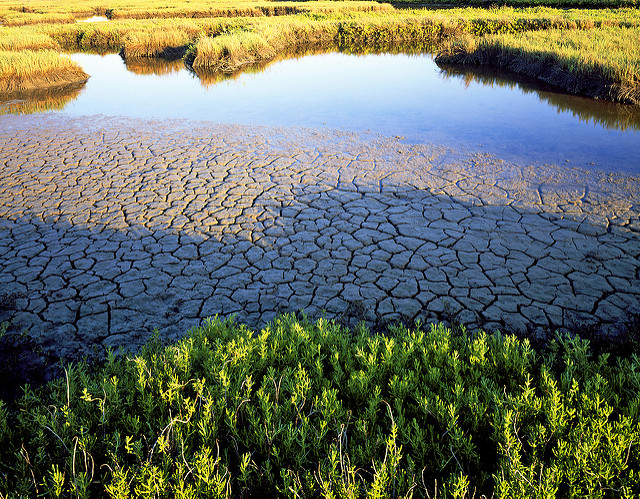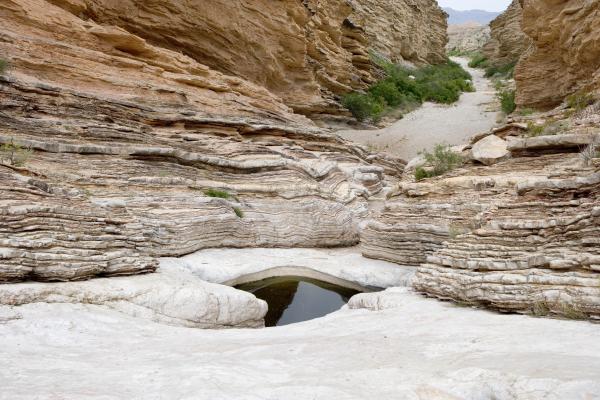What is Drought?
Texas is all too familiar with drought, but what constitutes a drought? A drought occurs after a prolonged period of extremely low precipitation resulting in decreased river flow, low lake levels, and slower aquifer recharge rates. The combination of low precipitation coupled with the extreme Texas heat during the summer months causes an array of issues from wildfires to depleted water tables.
With less water available for human use during droughts, it is important to prioritize what is essential water use and reduce non-essential uses such as frequent lawn watering.
What is Drought Contingency Planning?
Water is a vital resource throughout Texas, and it is crucial that something must be done to mitigate the impacts of a drought. Texas does this through drought contingency plans. These plans help to ensure that critical water needs are met in order to minimize the effects of drought on the economy and the environment. However, there is minimal state review of these plans and, in some cases, cities have almost run out of water due to not implementing a comprehensive plan.
Most drought contingency plans are based on spring flow and aquifer levels whereby when a water source drops below a specific level, municipalities implement cutbacks in water use. One of the main restrictions municipalities focus on is limiting landscape irrigation, which accounts for one-third of the total annual municipal water use. Restrictions can also include washing cars, filling pools, and watering golf course fairways.

How to Save Water and Money During Drought
To manage water use during periods of drought, some planners have recommended building new water sources like dams and constructing long pipelines to convey water across long distances. However, these applications are expensive and encourage unsustainable behaviors. A 2012 survey of 18 Texas cities found that water use increased 58% during summer months on average. The survey showed that if the 18 cities could reduce this increase by 25%, there would be a combined savings of 147 million gallons daily during the summer.
San Antonio is a prime example of a city that has had great success with their water saving campaigns. San Antonio Water Systems (SAWS) uses a combination of education and financial incentives to achieve long-term water savings. Rebate options include switching from traditional spray watering to drip irrigation, and transforming landscape from traditional turfgrass lawns to native drought-resistant species. Other incentives aimed specifically at businesses involve upgrading to more efficient water fixtures like low flow toilets and faucets, which drastically reduce a business’s water footprint. A key factor to SAWS’s success is its long term commitment to conservation. It has had an active water conservation program, including campaigns and educational events, for a number of years. Additionally, they partner with volunteer groups to foster face-to-face interactions with people in the community.
How to Protect Rivers During Drought
During times of drought, it is important to reduce water use to preserve reservoir levels for adequate amounts of water to support healthy environmental flows downstream. This continued downstream flow is important for fish and wildlife which rely on these environmental flows to survive and thrive.

Water Conservation or Drought Response?
Water conservation is an ongoing effort, whereas drought response is more of a short term solution. Both are vital to maintaining water needs during periods of drought. However, implementing more sustainable practices year round can make the effects of drought response less drastic. By fostering this awareness, Texas will have healthier water supplies when drought comes, and have a more sustainable water plan for the future.
Ongoing water conservation is important because during times of drought cities need to reduce water use. The more water saved due to conservation efforts, the more water is allowed to remain in the system and maintain environmental flows downriver.
FunFact
In the fight against drought, tree ring data is a valuable source of information that allows us to see into the past and make informed decisions about how we use our water today.